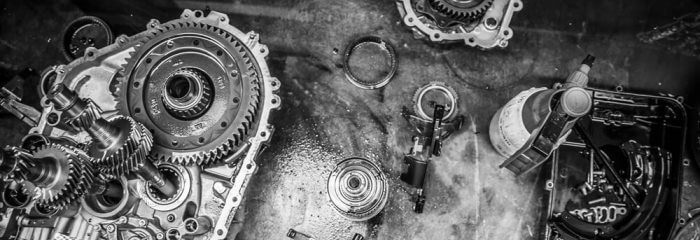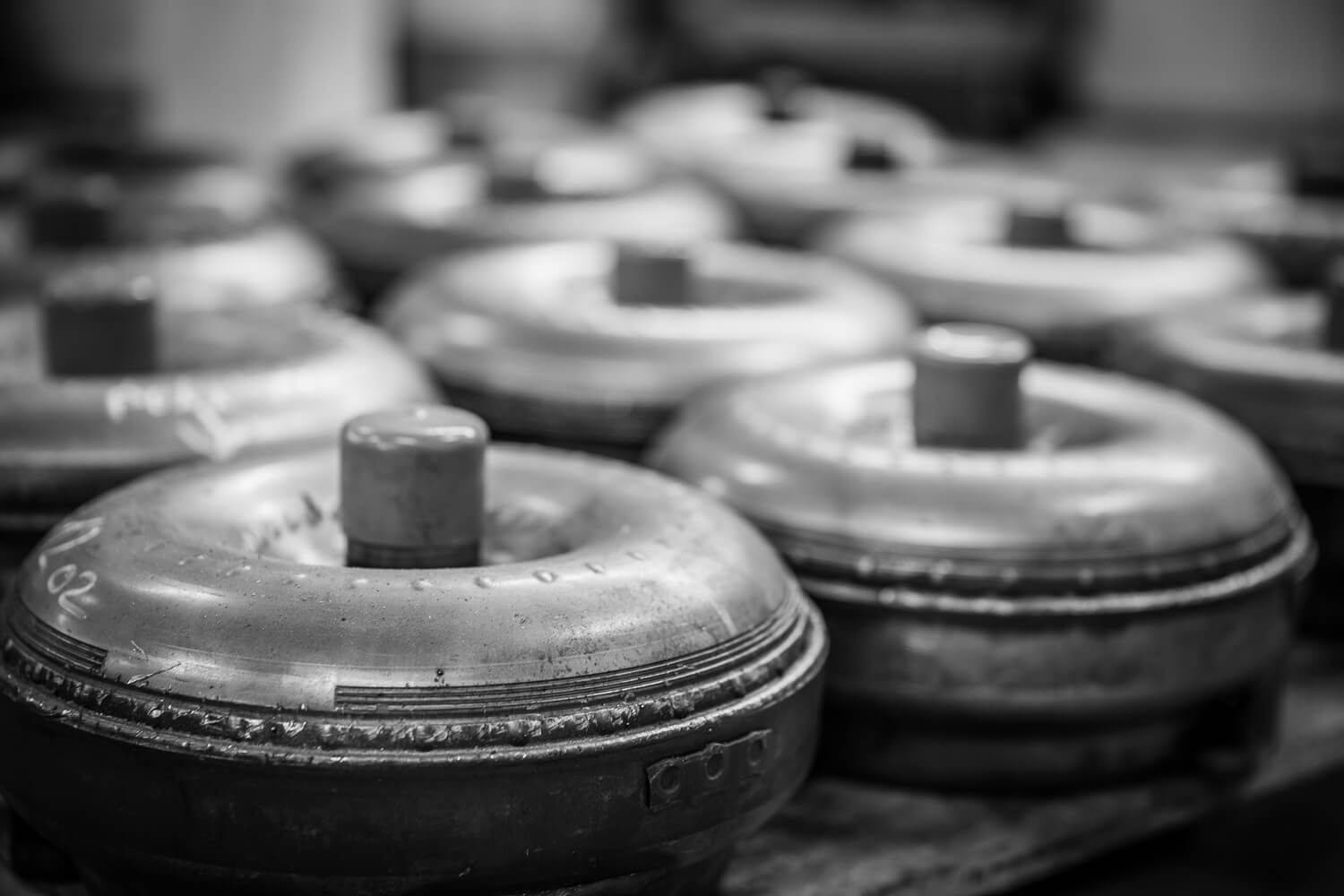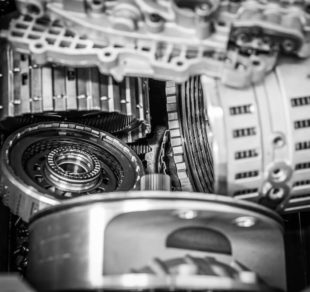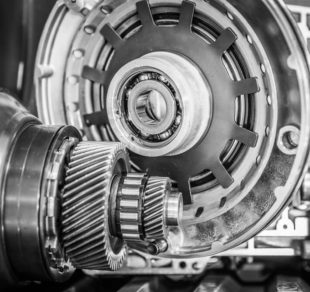
Transmission oil is not a regular oil, but rather a cocktail with very different ingredients. Therefore, the acronym ATF (automatic transmission fluid) is used in English. The word fluid is used because the latter consists of both base oil (like water in the juice) and accessories (sugar and syrup inside the juice with flavor and aroma). Modern ATF contains over twenty different additives. In order to avoid confusion, we will use the more palatable word automatic transmission oil instead of the word fluid.
The tasks of ATF
The following list explains why transmission oil is essentially the most central and important component of a modern automatic transmission. Gear shift in both cold and hot conditions, high load tolerance, reliability, etc. – all these features are achieved only with the following key factors:
- to transfer power (hydrodynamic task) – as the sea wave carries energy from one place to another, the transmission oil carries the energy of the internal combustion engine to the transmission;
- act as a hydraulic oil (hydrostatic function) – most valves and pistons are moved in the transmission with oil pressure;
- act as an efficient cooler and surface cleaner – all transmission components are cooled with the transmission oil, as is the surface cleaning inside the transmission;
- produce enough friction on the pressure surfaces of the clutch discs. Friction modifiers – change the degree of slipperiness of the oil between the two clutch discs and is critical to gear shifting;
- to protect mechanics from wear and tear. Anti-wear and extreme pressure agents – help lubricate and protect parts from metal-to-metal contact, creating a protective film;
- to protect seals against aging and hardening. Seal swell additives – protect the seals from other aggressive chemicals that are in the transmission oil. Without them, the transmission oil pressure would soon be reduced, and external leaks would occur;
- can withstand extremely low temperatures. Pour point depressants help reduce oil viscosity at low temperatures. This is a prerequisite for the transmission to work flawlessly with -40° C;
- can withstand very high temperatures. Thickeners and Viscosity Index Improvers – polymers that ensure that base oil does not become too fluid at high temperatures;
- The oil must be able to withstand instant high temperatures above 300C. Oxidation inhibitor neutralizing acids reduce the formation of corrosive compounds and mud formed by the combination of oxygen, heat and other contamination;
- avoid corrosion of the internal surfaces of the transmission. Corrosion Inhibitors – chemical additives to prevent corrosion, which is usually caused by water, acids and other chemical impurities in the oil;
- avoid foaming. Foam inhibitor reduces oil foaming to ensure continuous and constant pressure on the lubrication system. While most additives add to the strength of the oil film, it is difficult to break the air bubbles, but it is critical.
- to be demulsifiable (demulsibility), or to keep unfamiliar fluid in a non-dissolved state.
Consequences of oil wear
Thus, oil (or technical fluid) is a high-tech product which properties are achieved by operating with high impurities and which has a wide range of functions.
Depending on the product specification, 20-30% of this are impurities and 70-80% is base oil. With a lengthy use, the properties of both base oil and impurities change. This means that all these properties must be above the minimum critical limit over the lifetime of the oil. Even if one of them worsens, it will slowly pull down the other features.
The characteristics of the oil in the automatic transmission change over time, a proven and well-known fact and, as a result, reduce the lifetime of the transmission until it finally breaks.
For example, the loss of the ability to neutralize acids will first result in high precision guiding surfaces and seals. This results in leaks in the transmission oil ducts and pressures reduce. This in turn leads to greater wear on the clutch discs. Disk material released due to increased wear reduces the capacity of the oil filter, resulting in a general pressure drop in the system. The latter, in turn, affects the overall operation of the transmission. Similar examples may also be the effect of foam inhibitors or anti-wear effects of chemicals.








